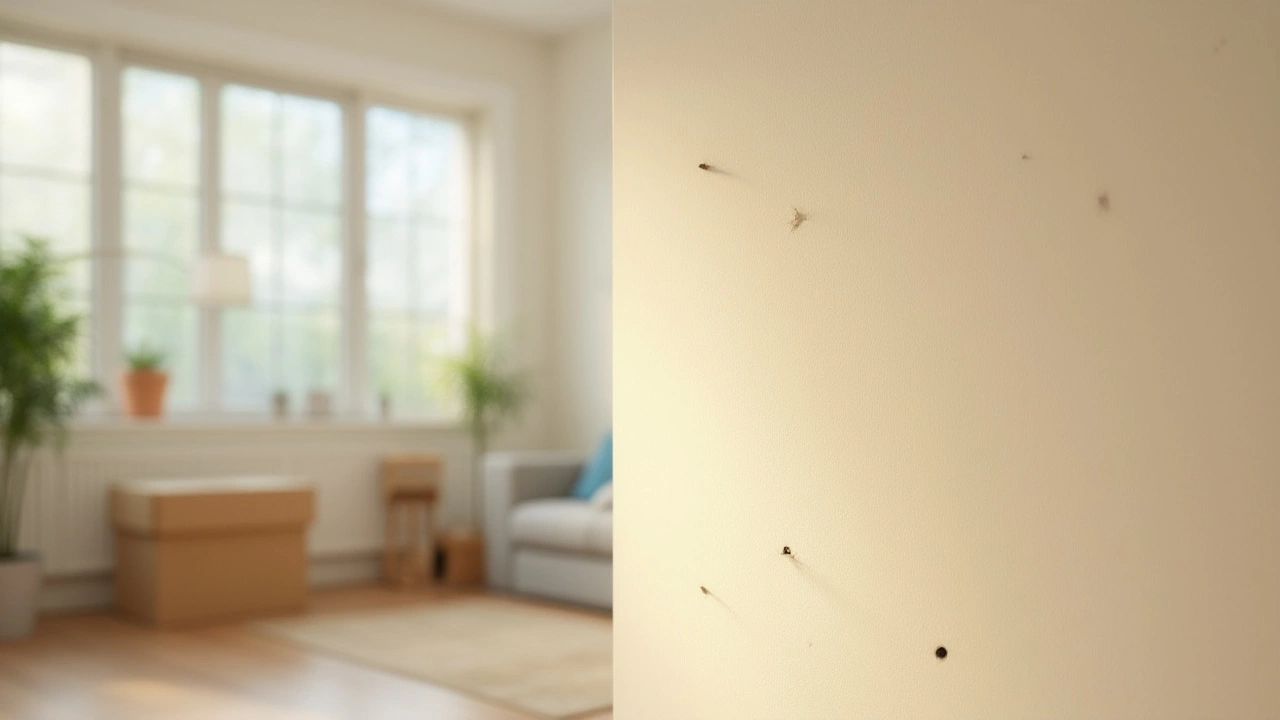Normal Wear and Tear – Simple Facts and Cleaning Tips
Ever wonder why some marks on walls or scuffs on floors feel harmless while others look like real damage? That’s the line between normal wear and tear and actual breakage. Knowing the difference saves you money, avoids arguments with landlords, and helps you keep your home looking its best.
Spotting Normal Wear and Tear
Wear and tear is what happens naturally over time. Think of faded paint in a hallway that gets lighter after years of sunlight, or carpet fibers that loosen a bit from daily foot traffic. These are expected changes and usually don’t need expensive fixes. Damage, on the other hand, is sudden – like a stain from spilled wine that isn’t cleaned quickly, or a nail hole drilled without permission.Common areas that show wear and tear include:
- Baseboards getting scratches from moving furniture
- Kitchen countertops dulling from repeated cutting
- Bathroom tiles developing minor grout wear
- Door handles developing a thin film of oils
When you notice these signs, a quick clean can often restore the look without a full replacement.
Easy Cleaning Tricks to Extend Life
Here are a few low‑cost habits that keep wear and tear from becoming a problem:
- Microfiber for dust: A dry microfiber cloth lifts dust off surfaces without scratching. It’s perfect for TV screens, wood trims, and painted walls.
- Vinegar‑water for grime: Mix one part white vinegar with two parts water. Spray on kitchen cabinets, let sit 5 minutes, then wipe clean. It removes grease without harsh chemicals.
- Spot‑treat carpet stains: Blot, don’t rub. Use a few drops of dish soap mixed with warm water, apply with a clean cloth, then rinse with plain water. This prevents fibers from hardening.
- Protect high‑traffic zones: Place rugs or runner mats at entrances. They catch dirt before it reaches hardwood floors, reducing scratches.
- Regular grout care: Spray a baking‑soda and water paste on grout lines, let sit 10 minutes, scrub with a soft brush, then rinse. It keeps grout from looking gray.
Doing these chores weekly keeps surfaces looking fresh and reduces the need for deep cleaning later.
If you’re a renter, document the condition of your home at move‑in with photos. That way, when it’s time to move out, you can prove which issues are normal wear and which are damage you caused.
Homeowners can budget a small “maintenance fund” each month. Even £20 a month adds up to cover occasional professional clean‑ups, like a carpet shampoo that removes deep‑set dirt and extends carpet life.
When wear and tear become too heavy – like persistent stains that won’t lift or cracked tiles that keep water seeping – it’s time to call in a pro. A service like Dandy Fox Cleaning can handle deep cleans, stain removal, and post‑renovation polish, letting you focus on the things that matter.
Bottom line: Recognize the everyday signs, tackle them with simple tools, and you’ll keep your home looking sharp without breaking the bank.

Are Nail Holes Considered Normal Wear and Tear in California Rentals?
Wondering if nail holes count as normal wear and tear in California? Find out how state law handles them, plus tips to avoid losing your security deposit.
Read More